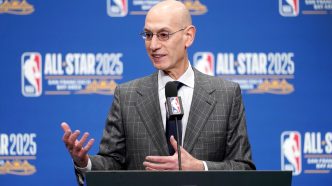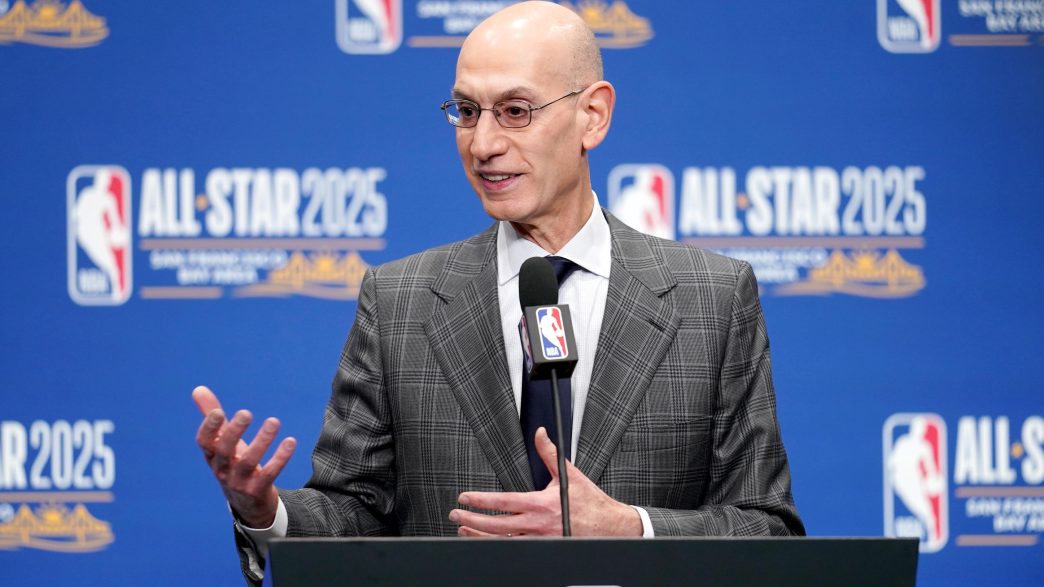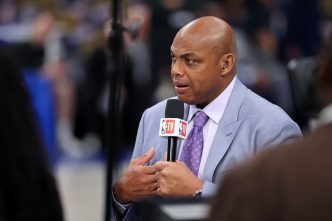NBA Expansion on the Horizon? Commissioner Silver Eyes Potential Growth
The NBA is officially laying the foundation for an exciting potential expansion. At a recent event in Las Vegas, Commissioner Adam Silver announced that the league has been tasked by its board of governors to conduct a thorough examination of the various factors surrounding expansion—both economic and otherwise.
“We have a lot of analysis still to do; nothing has been predetermined, and there’s no set timeline,” Silver emphasized, underscoring the complexity of the undertaking. The league plans to use a combined effort from two key committees: the advisory finance committee, which will primarily steer the financial aspects, and the audit and strategy committee, focused on the broader economic implications of expansion.
Currently, the NBA stands at 30 franchises, with the last addition being the Charlotte Bobcats (now the Hornets) back in the 2004-05 season. Since then, the landscape of franchise values has dramatically changed. For instance, recent sales have shattered records, with private equity mogul Bill Chisholm set to acquire the Boston Celtics for a stunning $6.1 billion. Meanwhile, financier Mark Walter’s deal for the Los Angeles Lakers could push their valuation beyond $10 billion, potentially reaching up to $12 billion.
Had the league explored expansion five years ago, Silver noted, it would have “underpriced the market” for what new franchises are currently fetching. The challenge lies not just in analyzing today’s economics but also in anticipating future trends. “The most difficult issue in terms of thinking about expansion is looking beyond the present,” Silver stated, highlighting the challenge of projecting future values and market conditions.
The discussion is further complicated by the unpredictability surrounding local media rights. Silver acknowledged that many regional sports networks have struggled recently, with some facing significant financial difficulties, leading to decreased revenue streams for existing teams. “We would be malpracticing if we didn’t figure out how local and regional television will work before expanding,” he said. The idea of placing a new team in a market without a clear distribution plan for local broadcasts simply doesn’t add up.
As for potential cities for expansion, Seattle and Las Vegas are frequently mentioned as strong candidates in the public eye. “This marks a significant step forward,” Silver said when asked about the league’s direction on expansion. “We are now engaging in this in-depth analysis, something we weren’t ready to do before.” He cautioned, however, that it is still very early in the process, making it premature to discuss specifics such as pricing or timing. The complexity of the situation means it is truly a nuanced question that will require time and careful consideration.
The prospect of NBA expansion is thrilling not only for potential new markets but for fans who might welcome additional teams into the fold. As the league moves into this new phase of reflection and analysis, one thing is clear: the landscape of professional basketball may be on the verge of exciting changes.








